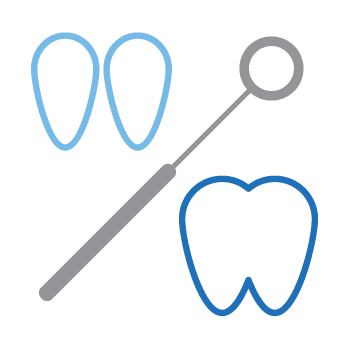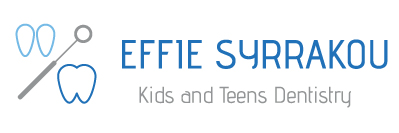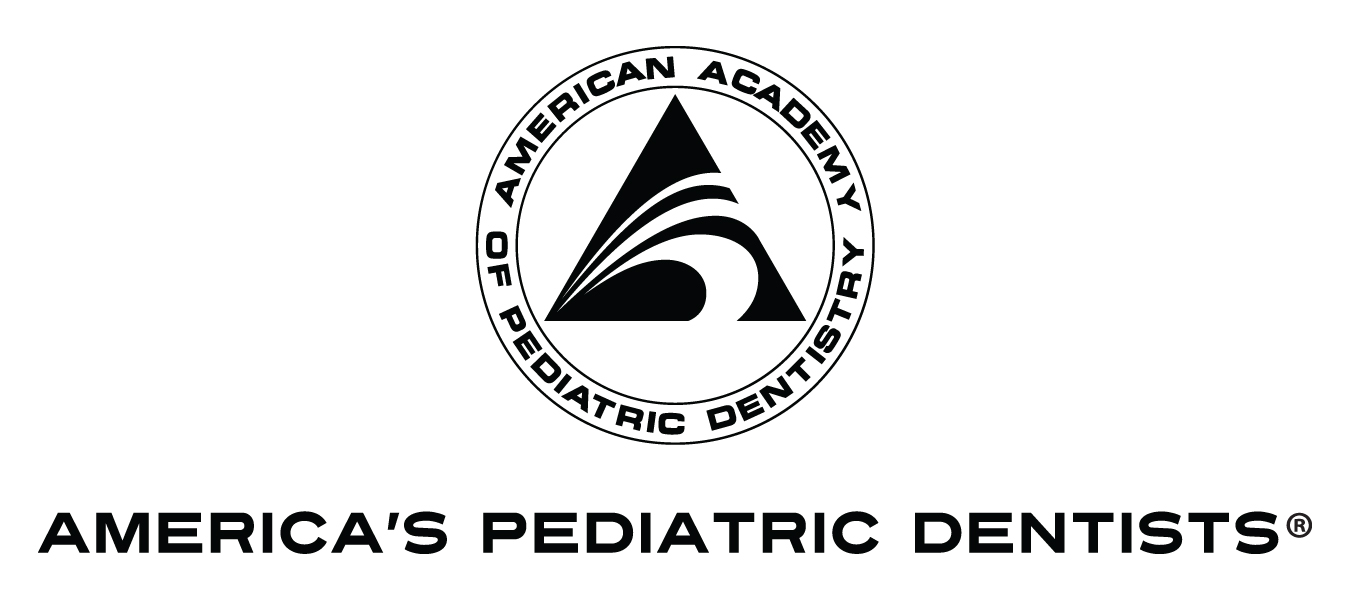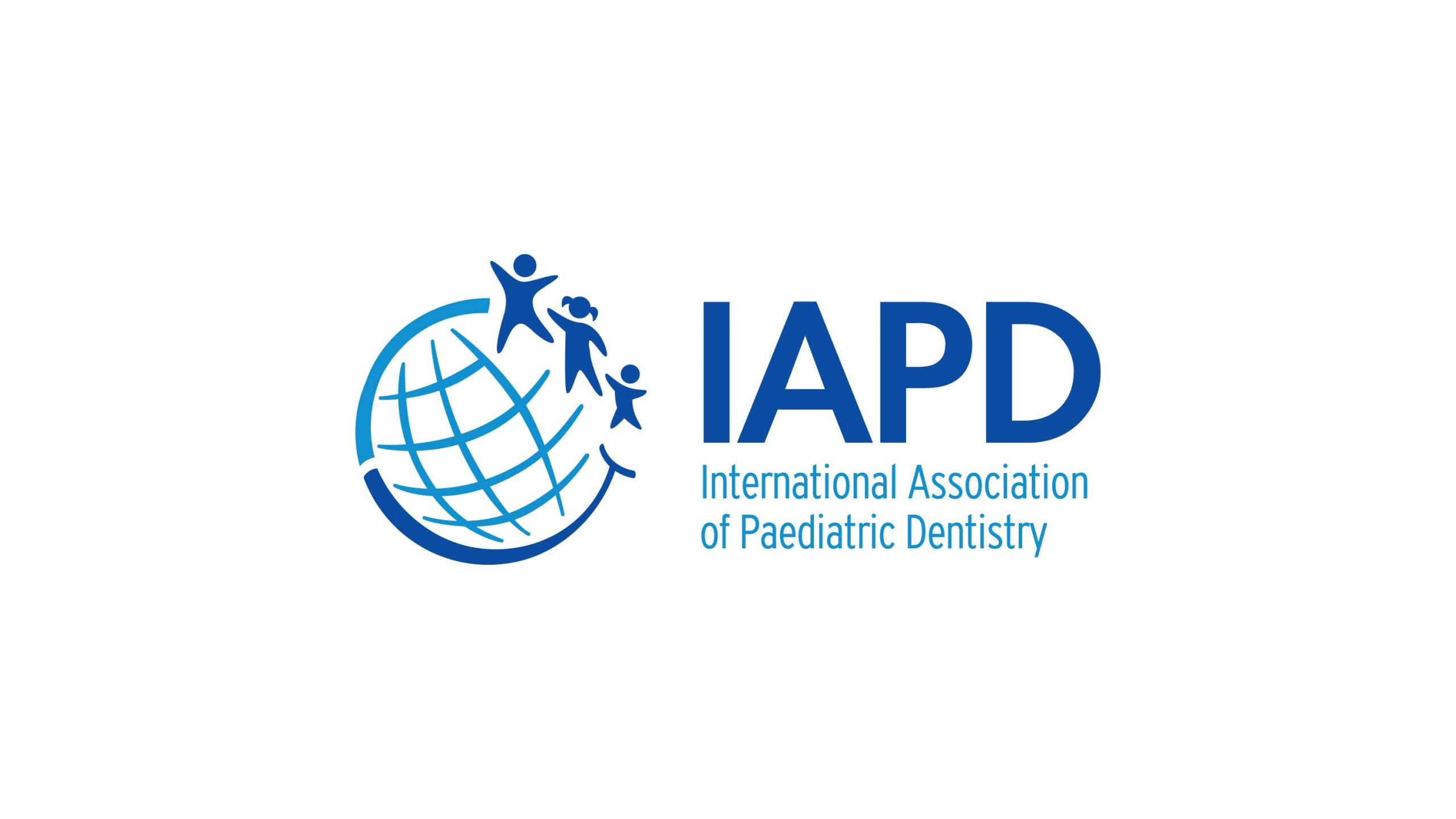CARE
PREVENTIVE DENTISTRY
Since 1994 we are helping children have bright smiles, promoting the prevention of dental disease and oral health.
Preventive dentistry starts as early as pregnancy. Our goal is to build a strong oral health foundation so that your child can have healthy smiles for life.
Every patient is unique!
The skilled dentists of our team are committed to design dental prevention programs that meet the individual needs of each child.
FIRST TOOTH FIRST VISIT
PREVENTATIVE DENTAL CARE FOR CHILDREN
Children’s dental problems can start early, following the appearance of teeth in the mouth. Therefore, a parent should take care of their child’s oral health from the moment the child is born.
In addition, regular check-ups at the dentist’s office prevent the onset, progression, and reoccurrence of dental and oral health problems. These visits include teeth cleaning, topical fluoride application, preventative sealants, information on proper oral hygiene practices at home, nutritional advice, dental trauma information and orthodontic examination.

At what age should I start brushing my baby's teeth?
Dental problems in children can start early, following the appearance of teeth in the mouth. Therefore, a parent should take care of their child’s oral health from the moment they are born. Every time you bathe your baby, you should also clean their mouth, regardless of whether they have teeth.
Using a wet gauze or cloth wrapped around your finger, carefully open the baby’s mouth, and gently wipe the inside of their mouth, lips, cheeks, tongue, and palate – the areas where the teeth, gums, will later appear.
As soon as the first tooth emerges, give your baby their first toothbrush and let them play with it as they watch mom, dad, or even their siblings brush their own teeth. When your baby has about 10 teeth start using a small soft toothbrush.

What toothbrush and toothpaste should I use?
Following the appearance of the first tooth in the mouth, you can give your baby their first toothbrush. It is necessary to replace it every 3 months. Always choose a toothbrush with a small head, soft bristles, and a short handle suitable for the child’s age.
According to the guidelines of the European Academy of Paediatric Dentistry children should use toothpaste twice a day:
– from their first tooth until their teeth have finished growing, toothpaste with a fluoride content of 1000 ppm, in an amount equal to a grain of rice
– from 2-6 years of age, toothpaste with a fluoride content of 1000 ppm, in an amount equal to a pea. However, in cases of increased risk of caries, the dentist may recommend toothpaste with 1450 ppm fluoride
– from 6 years of age and above, toothpaste with 1450 ppm fluoride, in an amount equal to the length of the toothbrush.

What is the correct technique for brushing children's teeth?
Around the age of two to three years, when your baby has all twenty of their baby teeth, start brushing your teeth together. Sitting side by side, guide the child in how to brush “Look how big my mouth is, now I’m brushing the top teeth…first I start from the back…then I do the front, then the bottom…look how nice you are brushing…” Our goal is to get the child into the habit of brushing, NOT the technique. The most important thing is to teach the child to remember to brush their teeth after each meal morning, noon, and night on their own. As they get older and their skills get better, the dentist will also teach them the proper brushing technique.
Until 7-8 years of age, parents should be responsible of cleaning the child’s teeth. Try to brush with your child, not for the child. Because all children are in a hurry when brushing; try simple rules for measuring brushing time, using an hourglass or having a song playing.
Try to make oral hygiene a simple routine. Don’t intimidate the child with threats like “If you don’t brush your teeth, they will rot…. you will go to the dentist to get an injection…. get a filling…get dentures…”! The results will be the opposite!

Should my child use dental floss?
Flossing removes food and dental plaque trapped between the teeth. Dental plaque is a sticky clear or white or pale-yellow coating that forms on teeth when we don’t brush them. It is made up of microbes, food debris and components of saliva. The microbes that grow on the plaque form acids that cause tooth decay.
When they infiltrate the gums, they cause diseases of the gums and the bone that supports the teeth such as gingivitis. Gingivitis is the inflammation of the gums that occurs when teeth are not cleaned, and germs collect on and in the gums. Gingivitis is characterized by swelling, redness, and bleeding of the gums, both in children and adults.
Young children have not developed the fine motor dexterity- skill in their hands needed to floss by themselves. Until the early years of elementary school, parents are responsible for the proper use of flossing for the child. To clean your child’s teeth, wrap the floss around your fingers or use the special floss retainers and slide it between the teeth in a C-shaped motion with gentle manipulation.
Do not apply too much pressure and do not move the floss back and forth between the teeth. Doing so can cause bleeding, which may scare children into thinking the floss hurts. To prevent the spread of germs in the mouth, use a new section of floss each time you move it between two teeth.

What is fluoride? Does my child need fluoridation?
The most effective way to treat tooth decay is the use of fluoride. Fluoride has the unique ability to make the tooth’s enamel less soluble in microbial acids, so it lasts longer. It can even stop the progression of incipient caries lesions and, with its antimicrobial action, limit the destructive action of microbes.
The main ways of obtaining fluoride are:
– fluoride toothpastes,
– fluoride mouthwashes,
– fluoridation in the dental office.
Fluoridation in the dental office is done by applying fluoride varnish to the teeth with a special brush. This preventive treatment is particularly suitable for children and adolescents, but also for adults at risk of developing caries. The frequency of application depends on the person’s risk of caries, i.e., it can be done every 3 or 6 or 12 months.
SEALANTS
- What is a sealant?
Sealants are a safe, painless, and highly effective method of preventing tooth decay. They are transparent or opaque material that are placed by the dentist in the pits and fissures of the chewing surfaces of children’s teeth.
- Which teeth should be treated with sealants?
Sealants are applied to healthy teeth that are not affected by caries, permanent molars, premolars, and primary molars. The best age for placement is 6 to 7 years, i.e., after the first permanent molars have emerged.
- How do sealants protect teeth from decay?
The chewing surfaces of the back teeth have groovy morphology, i.e., they have a lot of pits (holes) and fissures (grooves). Microbes and food debris get trapped in these holes and grooves, resulting in caries. Even after daily good oral hygiene it is difficult, almost impossible in many cases, to clean these surfaces.
Although the chewing surfaces of the teeth constitute 12.5% of all permanent tooth surfaces, in school-age children 50% of caries lesions occur on these surfaces! Sealants “seal” the surfaces vulnerable to caries, thus preventing the deposition of microbes and food debris.
- How is the treatment performed?
The placement of sealants is quick, easy, and done in one visit. The dentist cleans (without drilling), dries, and etches the surface to receive the sealant. She then applies the special composite resin material in the holes and grooves of the tooth and polymerize it with a special light that hardens it and bonds it to the tooth.
- How long do dental sealants last?
Scientific research has shown that sealants have a long lifespan, exceeding 10 years in many studies. With good oral hygiene and regular check-ups by the dentist, sealants protect children’s teeth in the years critical to disease progression.

Contact Details
Τel. : 210 6858087
Email: info@pediatricdentist.gr
Office Hours
Monday – Friday :
12:00-20:00
Member of:




© Copyright 2021 – Effie Syrrakou – Conditions of use – Privacy Policy
Designed & Developed by Que Healthcare Marketing – All rights reserved

